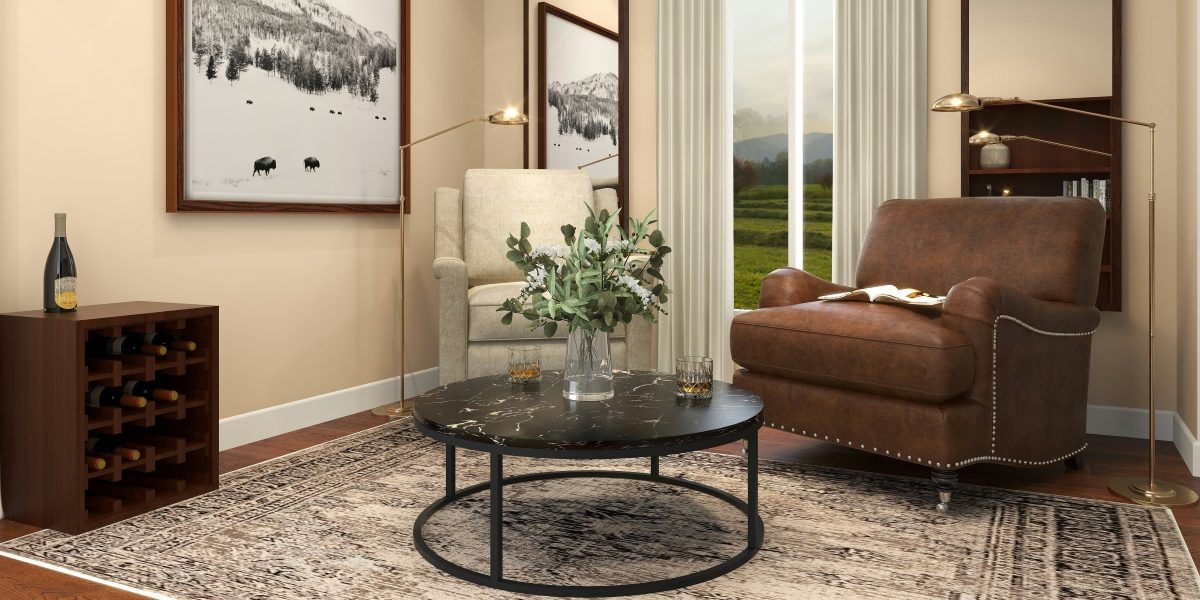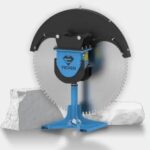A rug does more than just cover a floor—it can add warmth, style, and personality to any space. But not all rugs are created equal, and choosing the right one involves more than just picking a color or pattern. From durability to comfort, the right features can make a significant difference. In this blog, you will explore five key features that many high-quality rugs should have.
1. Material Quality
The material of a rug plays a major role in determining its durability, feel, and appearance. Generally, high-quality materials like wool, cotton, and silk tend to last longer and feel softer underfoot.
Wool rugs are often warm and offer some degree of natural stain resistance, making them a popular choice for living rooms and bedrooms. Cotton rugs are typically lightweight and easy to clean, which works well for casual spaces.
Synthetic materials like polypropylene and polyester are often budget-friendly and may be resistant to stains and moisture. These can be a practical option for high-traffic areas like hallways and outdoor spaces. Jute and bamboo rugs can add a natural touch but are usually best suited for dry areas.
2. Comfort and Softness
A well-designed rug should feel soft and comfortable. Thicker rugs with a plush texture can add warmth and coziness, especially in bedrooms and living rooms.
Shag rugs often feature deep, fluffy fibers that create a luxurious feel underfoot. Wool and cotton rugs typically provide a soft surface without being too thick. If a rug feels rough or thin, adding a rug pad underneath might improve comfort.
The ideal level of softness depends on where the rug is placed. A soft rug is often ideal for lounging areas, while a firmer rug might be better for high-traffic spaces. Comfort can enhance the overall experience of using a rug.
3. Easy Maintenance and Cleaning
A rug should ideally be easy to clean to maintain its freshness and appearance. Stain-resistant materials like wool and synthetic fibers may help prevent spills from soaking in. Machine-washable rugs are often a great choice for homes with pets or children.
Vacuuming regularly can help remove dirt and dust. Some rugs might require spot cleaning with mild soap, while others could be deep-cleaned with a carpet cleaner. If a rug is high-maintenance, it may not be the most practical option for everyday use.
4. Non-Slip Backing or Rug Pad Compatibility
A rug should ideally stay in place to prevent slipping. Some rugs come with a non-slip backing that helps keep them secure on smooth floors. Others might require a separate rug pad to provide grip and extra cushioning.
A good rug pad can protect floors from scratches and potentially extend the rug’s life. It may also help prevent wrinkles or folds that could cause tripping. In high-traffic areas like hallways and entryways, a non-slip rug is often especially important.
5. Stylish and Versatile Design
A rug should ideally enhance the look of a room. Neutral colors like beige, gray, and white tend to match many styles, while bold patterns can make a statement. Geometric designs, floral prints, or traditional patterns might add character to a space.
A versatile rug can be used in a variety of rooms, making it easier to redecorate. A reversible rug offers two looks in one, adding to its practicality.
Enhance Both Style and Comfort in Any Space
Whether you’re looking for a statement piece or a cozy addition to your home, prioritizing these features could help ensure long-term satisfaction. Consider making your space inviting and elegant with a rug that strikes a thoughtful balance between style and comfort.
Published by: Cammy V.

















